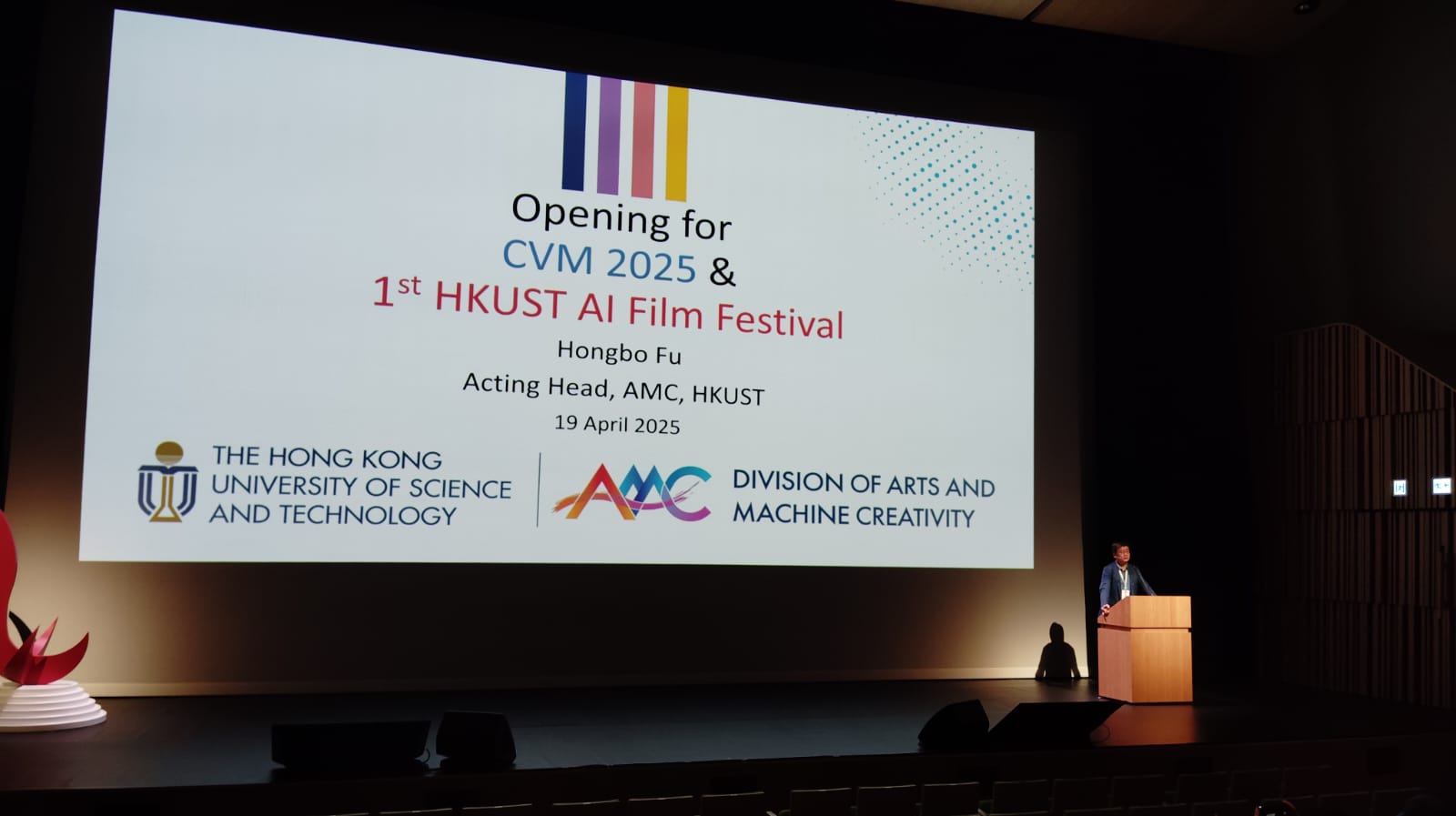Embracing the Evolution: The Journey from Chalkboards to AI in Educational Technology
The Traditional Classroom: Simplicity and Directness
Once upon a time, the quintessential classroom featured a chalkboard, a handful of chalk, and perhaps an overhead projector. This setup, while straightforward, limited both the scope and the methodology of teaching. Educators like myself, who have been in the field of educational technology for over eight years, can recall when the primary focus was on basic web tools like WebEx and Zoom. These tools were groundbreaking in their time, allowing for real-time communication and collaboration over distances, yet they represented just the tip of the iceberg in terms of what educational technology would become.
The Digital Revolution: A New Era of Educational Tools
As technology advanced, so did the tools available for education. The introduction of Learning Management Systems (LMS) like Moodle and Blackboard revolutionized how courses were structured, administered, and accessed. These platforms allowed for asynchronous learning, where students could engage with the material at their own pace, a stark contrast to the synchronous limitations of earlier technologies.
The Rise of AI and Advanced EdTech
Today, the landscape of educational technology is almost unrecognizable compared to what it was a decade ago. Artificial Intelligence (AI) has entered the arena, bringing with it tools that not only enhance teaching but also transform it. AI technologies in education can automate administrative tasks, provide personalized learning experiences, and offer insights into student performance that were previously difficult or impossible to gather.
Integrating Bloom’s Taxonomy
Bloom’s Taxonomy, a staple in educational frameworks, categorizes cognitive skills and learning behavior, which helps educators design curriculum and assessment. In the context of modern EdTech, Bloom’s Taxonomy guides the integration of AI tools by aligning them with the cognitive levels from remembering to creating[1][3]. For instance, AI can tailor quizzes and interactive content based on individual learning paths, effectively addressing the ‘apply’ and ‘analyze’ stages of Bloom’s Taxonomy.
Activity Theory in Practice
Activity Theory, another influential framework, examines the broader context in which a learning activity takes place. It considers the interactions between the student (subject), the learning task (object), and the community or environment[2][8]. This theory is particularly useful in understanding and implementing educational technology as it emphasizes the mediated nature of learning tools. For example, an AI-driven simulation tool does not just provide knowledge; it creates an environment in which students can experiment and learn through practice, thus mediating the learning process.
New Competencies for Educators
The shift from simple tools to complex AI-driven systems requires educators to acquire new competencies. No longer is it sufficient to know how to operate a video conferencing tool; educators now need to understand data privacy, basic AI functionalities, and how to integrate these tools into their teaching in a pedagogically sound manner. The learning curve can be steep, and the pace of change daunting, but the potential to enhance educational outcomes is immense.
Conclusion: Navigating the New Educational Landscape
The evolution from chalk and blackboard to AI and machine learning in educational technology represents a significant shift not just in tools, but in pedagogical approaches and educator skill sets. As we continue to navigate this new landscape, it is crucial for educators to remain lifelong learners themselves, constantly adapting to incorporate these advanced technologies into their teaching. The goal remains the same: to enhance learning and better prepare students for the future. But the tools we use to achieve these goals are more powerful and promising than ever before.
Citations:
[1] https://www.linkedin.com/pulse/blooms-taxonomy-digital-comparative-analysis-dr-dinesh-chauhan
[2] https://files.eric.ed.gov/fulltext/EJ976472.pdf
[3] https://teachonline.asu.edu/2016/05/integrating-technology-blooms-taxonomy/
[4] https://networks.h-net.org/node/14361/pages/183250/blooms-taxonomy-and-digital-tools-teaching-and-learning
[5] https://elearningindustry.com/8-computer-skills-every-teacher-to-master
[6] https://citt.ufl.edu/resources/the-learning-process/designing-the-learning-experience/blooms-taxonomy/
[7] https://www.youtube.com/watch?v=UFwWWsz_X9s
[8] https://link.springer.com/article/10.1007/s11423-023-10284-3
[9] https://educationaltechnology.net/blooms-taxonomy/
[10] https://www.sciencedirect.com/science/article/pii/S0360131523000696
[11] https://telrp.springeropen.com/articles/10.1186/s41039-019-0110-7
[12] https://drexel.edu/soe/resources/student-teaching/advice/how-to-use-technology-in-the-classroom/
[13] https://www.edutopia.org/article/improving-your-teaching-ai-coach/
[14] https://www.ncbi.nlm.nih.gov/pmc/articles/PMC8390886/
[15] https://elearningindustry.com/how-important-is-technology-in-todays-education-industry
[16] https://www.edutopia.org/article/teaching-students-use-ai-tools/
[17] https://en.wikipedia.org/wiki/Educational_technology
[18] https://www.edutopia.org/article/using-ai-tools-differentiated-instruction/
[19] https://www.britannica.com/technology/history-of-technology/From-the-Middle-Ages-to-1750









